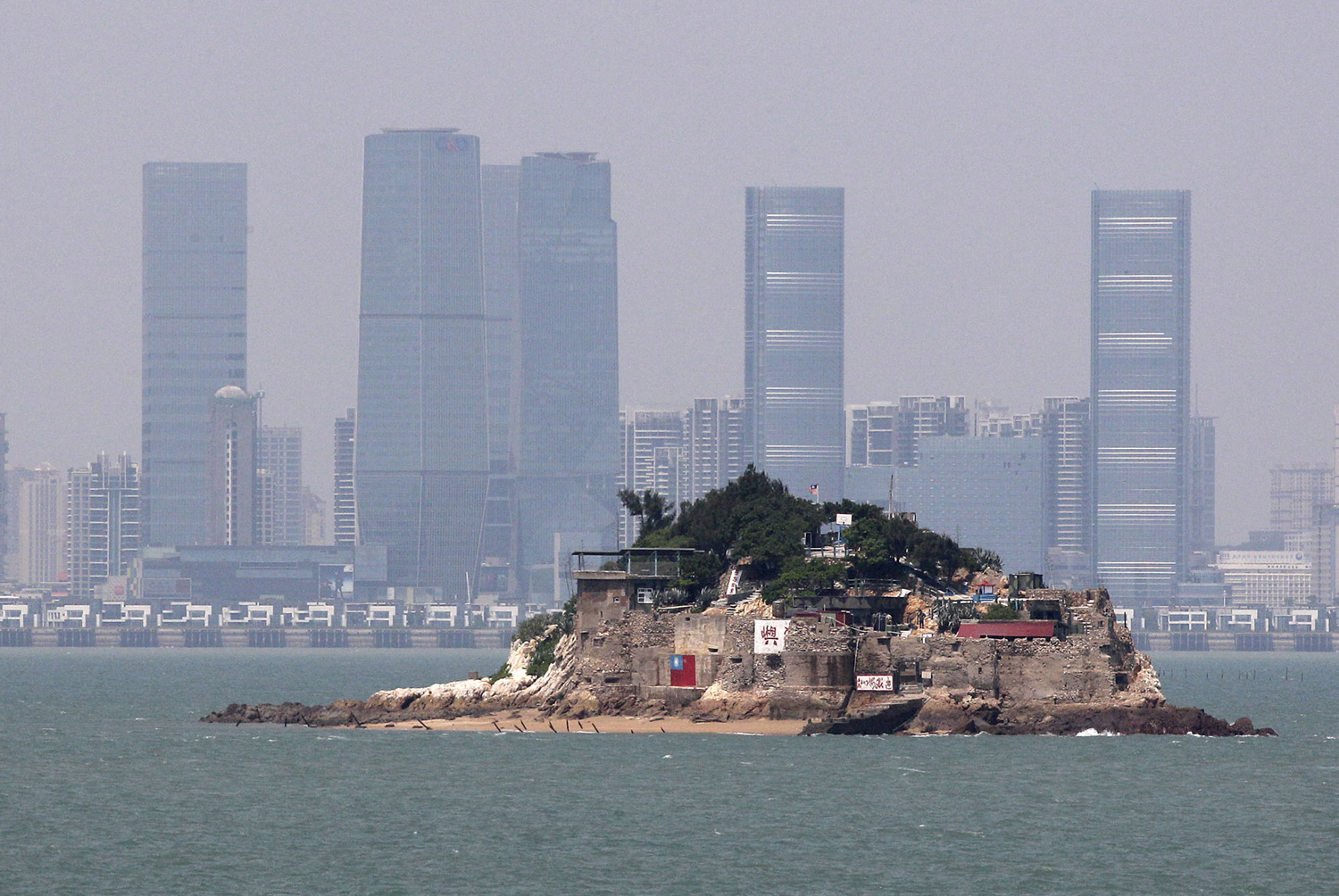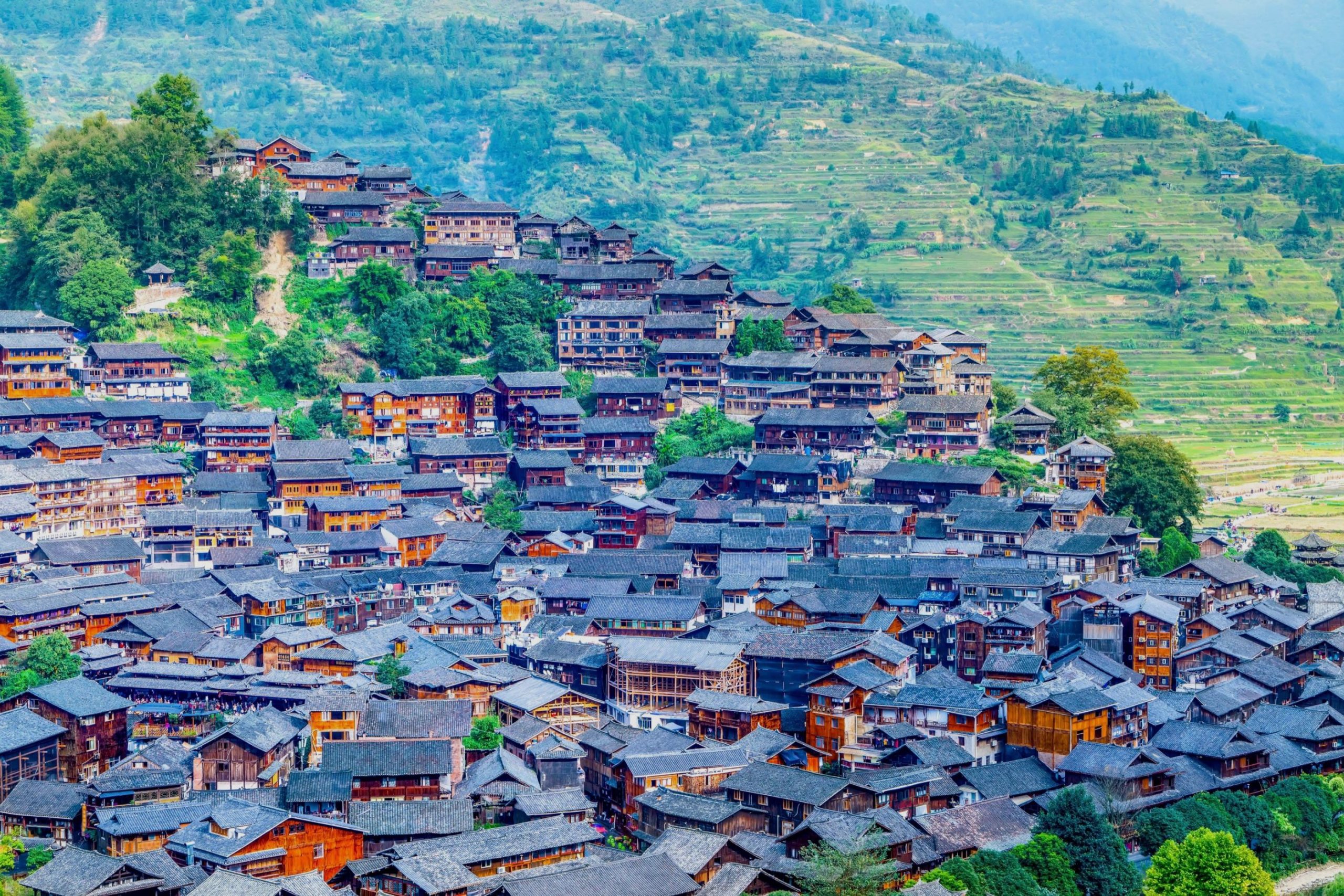Kinmen and Matsu | Taiwan
Kinmen County

Consisting of two substantial islands and a few uninhabited rocks, Kinmen County (population: 112,000) is where Chiang Kai-shek’s Chinese Nationalists stopped the Communist advance. Battles involving thousands of troops on either side, fighter jets and naval units took place in late 1949 and again in 1958. Communist artillery pounded the islands until the 1970s; shell casings and fragments were recycled into cleavers. When the Western media reported these clashes, they often used an alternative place name, Quemoy.
The military side of Kinmen’s long history – Chinese people have been living here for over 2,000 years – is recorded not only in museums, but also in the bullet holes you’ll notice in older buildings in Guningtou, Hujingtou and other villages. Until the 1990s, Kinmen’s beaches were mined to prevent amphibious assaults. Even now, you’ll see fields of sorghum (which is turned into a famous liquor) dotted with spiked poles to impale paratroopers. It’s impossible to go far without stumbling across an old bunker. These remnants, along with top-notch birding areas, are now preserved by Kinmen National Park.
Peace now prevails. Regular ferries link Kinmen and the Communist mainland, and PRC tourists are among those discovering that Kinmen is an exceptionally endearing place. In large part, this is because more than 1,000 traditional buildings, built with wooden frames and tiled roofs, remain intact. Some are open to the public, such as the 16 near-identical homes that date from around World War I and which now form Kinmen Folk Culture Village. Others have been turned into delightful homestays.
Wind gods
Traditional buildings and battlefields aren’t Kinmen County’s only distinctive physical features. Many visitors are smitten by the wind gods who never move, and the archipelago’s birds, some of which migrate vast distances.
The wind gods are a unique aspect of local folk religion. For centuries, the main island has suffered from strong winds which eroded the soil, blew dust into homes and hampered farming. Seeking divine help, many villages placed statues of wind gods – depicted with lion-like features – facing northeast. There are almost 70 of these icons, and they vary in size from tinier than an infant to far bigger than a man; most are sexless but some are blatantly male. Offerings of incense and food are left in front of these gods, and several are dressed in red capes.
Birding hotspots
One of the best places for winter birding is Cihu, an artificial reservoir created to ease Kinmen’s water-supply problems. Almost 200 species have been recorded here, with cormorants being especially common. Birds often seen on Kinmen but never or seldom spotted on Taiwan’s main island include the Lesser pied kingfisher, the White-throated kingfisher, and the Chinese pond heron.
One of Taiwan’s smaller conservation zones, Kinmen National Park covers three parcels of land, one of which showcases the island group’s tallest mountain, the 252m-high Taiwushan. Many tourists explore the national park by bicycle. There’s little traffic, the weather is bike-friendly, and pedal power is a fun way to explore the narrow alleyways of villages like Shuitou and Qionglin.
Matsu Islands

The Matsu Islands are almost as close to the Chinese mainland as Kinmen County, but being around 200 km further north the climate is significantly cooler. The 9,000-odd people who live here speak a language quite different to the Holo (Taiwanese) spoken in Taiwan, Kinmen and Penghu. Like Kinmen, several flights each day link Matsu to both Taipei and Taichung.
The drawdown of army and naval bases here has hurt local businesses such as restaurants and karaoke parlours, and transport links with Taiwan aren’t very convenient. However, the easing of Taiwan-China tensions has allowed a tourist industry to emerge, and the 19 islands that make up this archipelago have an abundance of attractions. Villages such as Qinbi have lost almost all of their younger residents but retain dozens of graceful granite-and-marble fishermen’s cottages. Those into militaria will enjoy places like Andong Tunnel, an underground dock cut into a cliffside so the garrison could be resupplied even during heavy bombardments. Romantic personalities, however, will more likely enjoy the lighthouses set atop remote clifftops.
For birders, Matsu means terns, and one tern species in particular: The Chinese crested tern. This extremely rare avian, first identified in 1863 but spotted on only a handful of occasions in the decades that followed, was long assumed extinct. Its rediscovery in 2000 caused great excitement in the bird world, and seats on boats which go out to the Matsu Islands Tern Refuge are much in demand.


